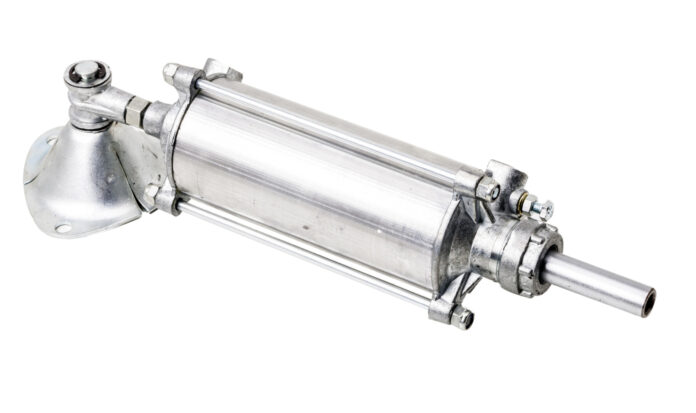Ever wondered about the intricate machinery behind modern-day homes? How about the appliances and systems responsible for keeping your family comfortable, safe, and happy?
Despite the vast array of automation products on the market, not many consumers have an in-depth understanding of how home systems work. But one key buzzword that practically everyone has heard is the word “actuator.”
Actuators come in different types, sizes, and functions. Why do we even have to know? Because knowing lets us appreciate them more—these itsy-bitsy knick-knacks that, to some degree, dictate our quality of life.
So are you ready to learn more about actuators? Let’s go!
Actuators and Its Different Types
An actuator is a device that converts energy into motion, and that energy can take any of three common forms: electrical, pneumatic, hydraulic, and mechanical.
Linear Actuators
This is one of the most common actuators in use today. It converts energy into linear motion, which is moving along a straight line. The energy can be rotary, as in a motor, or linear, as in a piston.
Linear actuators are used in a variety of applications, including automotive, aerospace, and manufacturing.
Pneumatic Actuators
This bunch makes use of compressed air to generate linear or rotary motion. Pneumatic actuators are used in a variety of applications, including automotive, aerospace, and manufacturing.
Hydraulic Actuator
Fluid pressure is the main source of linear or rotary motion in a hydraulic actuator, which also has its own set of uses: automotive, aerospace, and manufacturing.
Knowing all these, we know the one, all-encompassing role of actuators in this age: generate power to operate valves. If you work with a valves distributor, ask him next time he drops by.
Day-to-Day Applications
In everyday life, actuators are found in car engines (where they open and close valves), door locks, automated teller machines, and office equipment such as printers and copiers. You won’t believe how common actuators are in our daily lives.
From our electric fans to our sliding doors to those escalators in our favorite malls to gym equipment and more – all of these work on mechanisms that rely on the motion-generating function of actuators.
To top all that, our cars are probably where we can find the most number of actuators in one place. It’s on our brakes, car seats, windshield wipers, and, yes, car seats! It’s also everywhere in the office, especially on printers and copiers.
The Future of Actuators
The future of actuators is promising, as they become more compact, powerful, and efficient.
Researchers are working on new types of actuators that can be used in a variety of applications, including robotics, prosthetics, and 3D printing.
Clearly, any type of actuator has proven to be essential to modern devices and systems, and its future is full of potential.
With continued research and development, they will become even more versatile and indispensable tools in the years to come.
Wrapping Up
It’s clear how actuators have permeated our day-to-day lives, and for all the reasons! Bet you can’t imagine life without them now after learning about the roles they play in maintaining our everyday comforts and conveniences.
Did you find this article helpful? Check out the rest of our blog for more!










